Scientists in China discovered a perfectly preserved dinosaur embryo in an industrial park. Due to its fossil records, they believe it is 70 million years old. In addition, scientists think it’s a type of oviraptorosaur, a group of beaked theropod dinosaurs closely related to modern birds.
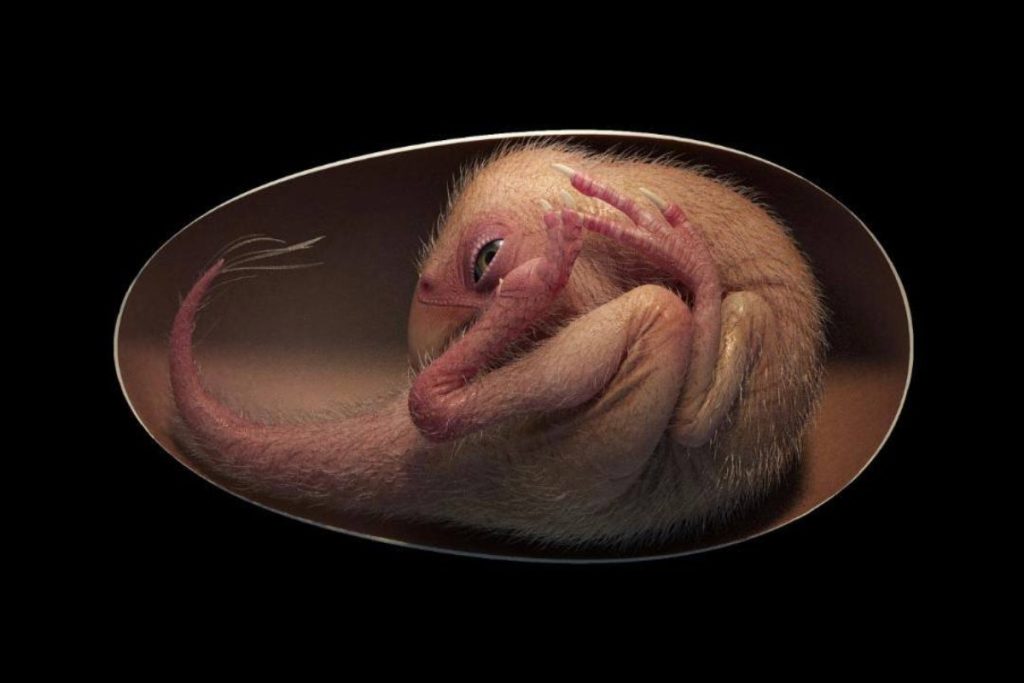
They discovered the fossilized baby egg in China’s Jiangxi province in 2000. However, they didn’t analyze it until about ten years later during the construction of the Yingliang Stone Nature History Museum.
Where Did Scientists Discover the Dinosaur Embryo?
Scientists discovered the dinosaur Embryo inside a fossilized egg in Shahe Industrial Park in Ganzhou City, Jiangxi Province. This discovery has made many wonder if a real Jurassic Park will finally be in the works. While some people certainly think so, or at least hope so, others think it’s fictional.
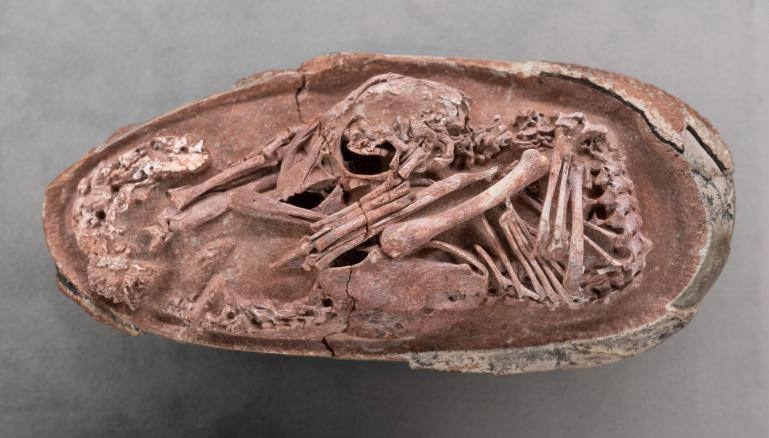
Nonetheless, the discovery makes many curious about what life was like during the era dominated by the dinosaurs.
What Is the Embryo Called?
The scientists who made the historic discovery call the embryo a “Baby Yingliang,” after the name of the Chinese museum where they housed it. According to the reports and findings of the scientists, the dinosaur embryo dates back anywhere between 66 and 72 million years.
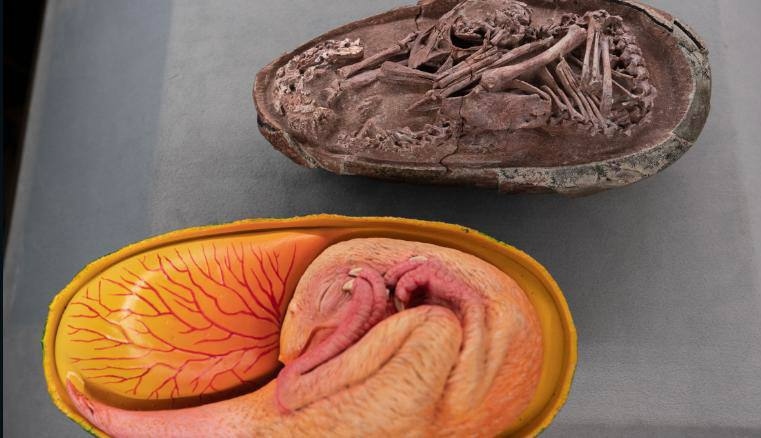
Aside from its fossil origins, reports suggest that paleontologists from the University of Birmingham discovered the dinosaur embryo within the rocks of the Hekou Formation at the park.
What Specie Is the Dinosaur Embryo?
According to paleontologists, Baby Yingliang is an oviraptor. Oviraptors are a genus of oviraptorid dinosaurs that lived in Asia during the Late Cretaceous period. Unlike most relics, they have feathers. These dinosaurs lived in the rocks in Asia and North America before extinction.
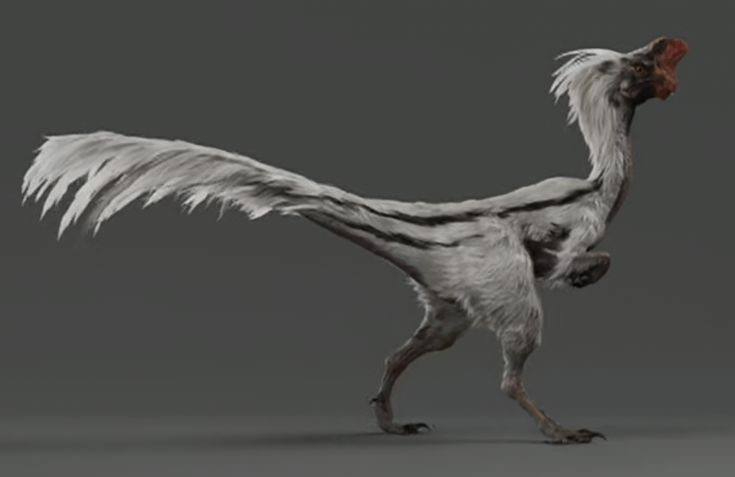
Their beaks and body sizes meant they could survive on all kinds of food, making them incredibly adaptable. In addition, the genus – Oviraptor refers to the initial thought of egg-stealing habits.
ALSO READ: NASA Announces Discovery of Potential Habitable “Super Earth”
What Baby Yinglinang is Teaching Us
Until now, scientists didn’t know how dinosaurs developed inside their shells. However, the newly discovered embryo reveals some new details about this process.

According to the scientists, the dinosaur’s posture, with its head tucked and its spine bent along the egg’s narrow top, is similar to the posture birds take right before they hatch. That position is similar to a behavior called “tucking,” which is crucial in allowing birds to hatch successfully.
Scientists Thought “Tucking” Was Unique to Birds
Before discovering the dinosaur embryo, researchers thought “tucking” was unique to birds. “It is interesting to see this dinosaur embryo and a chicken embryo pose in a similar way inside the egg, which possibly indicates similar prehatching behaviors,” said Fion Waisum Ma, the joint primary author of the study and PhD researcher at England’s University of Birmingham.

However, scientists now believe dinosaurs likely passed down the tucking behavior to birds through their dinosaur ancestors.
Are Birds the Same as Dinosaurs?
There is so much we don’t know. However, the picture of how dinosaurs evolved to become feather birds is becoming more apparent.

“This little prenatal dinosaur looks just like a baby bird curled in its egg, which is yet more evidence that many features characteristic of today’s birds first evolved in their dinosaur ancestors,” said vertebrate paleontologist Steve Brusatte of the University of Edinburgh.
POLL—Is Climate Change a Major Threat That Requires Immediate Policy Action?
Birds Are the Only Living Dinosaurs
According to scientists, all birds directly evolved from a group of two-legged dinosaurs known as theropods. Some of the members of this group include the towering Tyrannosaurus rex and the smaller velociraptors.

Consequently, the prehatching behavior isn’t the only trait dinosaurs passed down to modern birds. The same kind of dinosaurs also reportedly sat on top of their eggs to incubate them in a way similar to birds.
How Big is Baby Yingliang?
Baby Yingliang measures 10.6 inches (27cm) long from head to tail and rests inside a 6.7-inch-long egg at the Yingliang Stone Nature History Museum in China. They first uncovered the egg in 2000 but stored it for ten years.
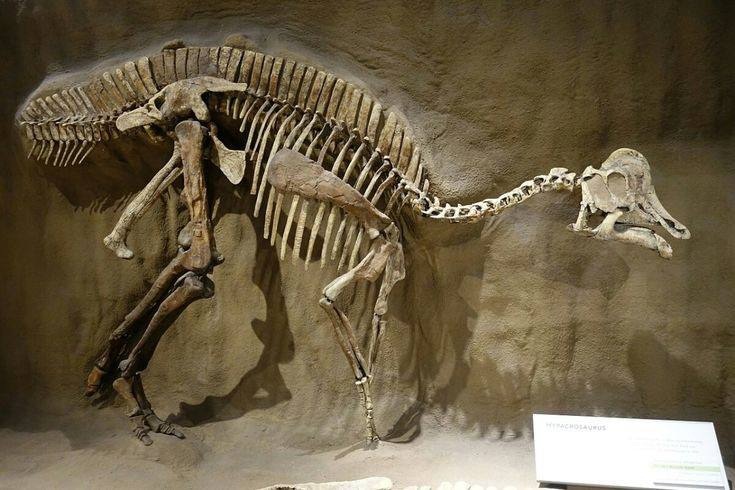
However, the egg is 7cm-long and 8cm-wide, and the skeleton is 24 cm long. “It is one of the best dinosaur embryos ever found in history,” said Dr Fion Waisum Ma.
How Has the Discovery Helped Scientists?
Aside from giving them an insight into how baby dinosaur eggs hatch and their incubation process, this discovery saw scientists analyze fossils from coelurosaurs.
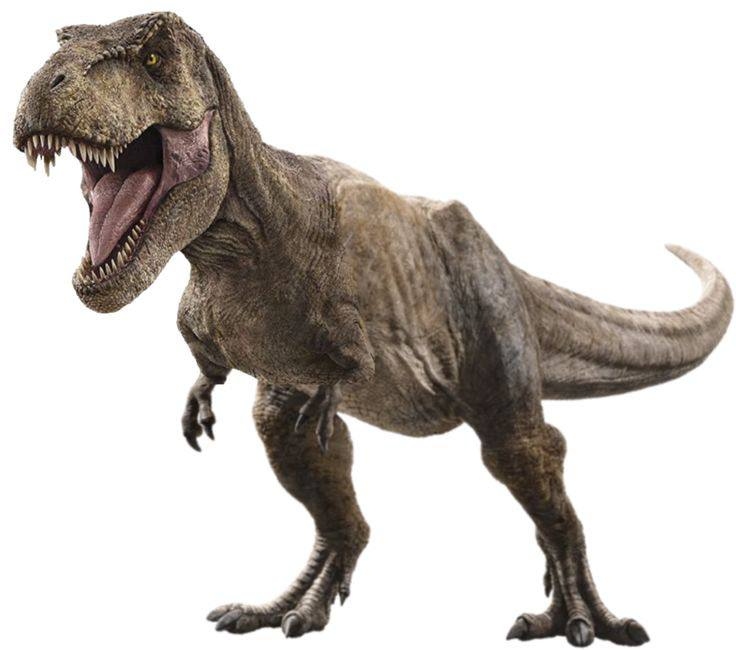
“A bird didn’t just evolve from a T. rex overnight, but rather the classic features of birds evolved one by one; first bipedal locomotion, then feathers, then a wishbone, then more complex feathers that look like quill-pen feathers, then wings,” Brusatte said.
ALSO READ: Researchers Make Breakthrough Discovery of Cure for Sickle Cell Disease and Get FDA Approval
Baby Yingliang Made Scientists Happy
The discovery of such a complete embryo overjoyed scientists, including Fion Waisum Ma, the vertebrate paleontologist who led the study. “Dinosaur embryos are some of the rarest fossils, and most of them are incomplete with the bones dislocated,” she said.
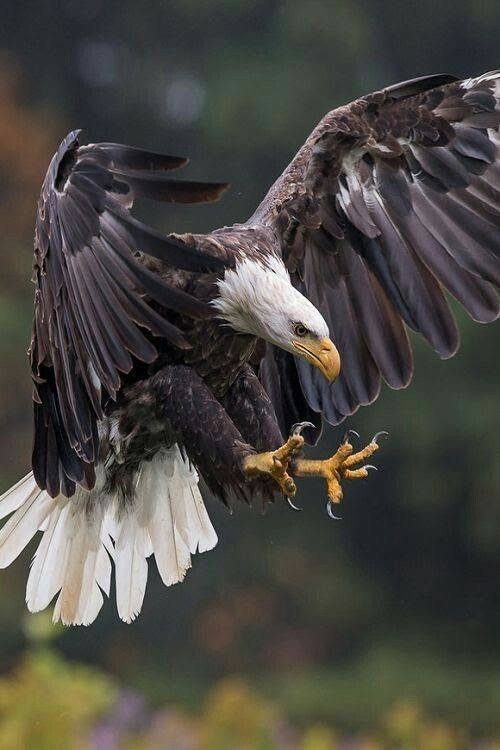
“We are very excited about the discovery of Baby Yingliang,” Fion Wasium added. “It is preserved in great condition and helps us answer many questions about dinosaur growth and reproduction,” she concluded.
Do Scientists Have Dinosaur DNA?
No, they don’t. The bonds that hold dinosaur DNA together are weak, and over time, they break down. Hence, even though scientists have discovered abundant dinosaur fossils, they don’t have any dinosaur DNA.
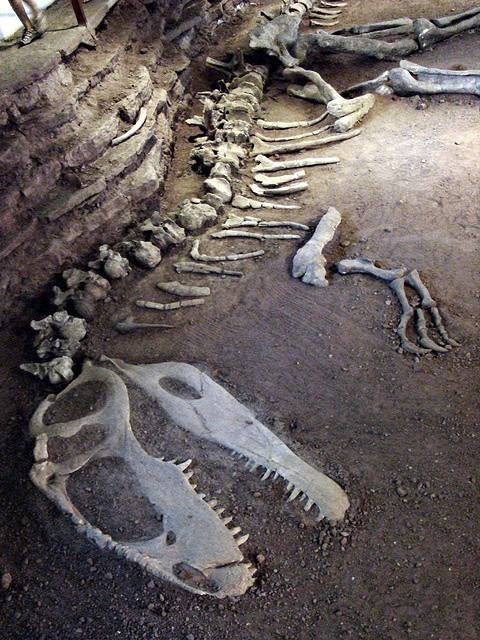
The beasts became extinct over 66 million years ago, and the DNA would not survive that long. Consequently, it is impossible to find any traces of dinosaur DNA.
The Discovery of Baby Yingliang Gave Scientists a Fresh Perspective
The discovery of the 72-million-year-old dinosaur embryo has helped scientists embark on a new study. Consequently, they have a unique perspective on how dinosaurs share similarities with modern-day birds in their reproduction patterns.
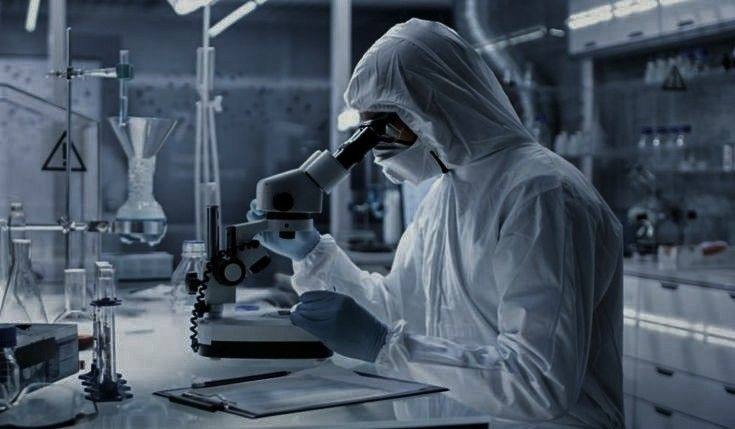
They say there is still much to learn about how dinosaurs developed in their shells. But scientists need rare discoveries like Baby Yingliang to paint a clearer picture.
You Might Also Like:
Boy Math vs Girl Math: Why Are Social Media Users Gendering Math?
Trump Condemns Judge’s $355 Million Penalty, Claims His Persecution Will Lead to Demise of US
Residents Reveal Details About Thriving Illegal Migrant Operations at the Northern US Border
There Will No Longer Be Self Checkouts at Walmart, Costco, and Wegmans Soon!
Tennessee Elementary School Students and Teacher Hospitalized After Dry Ice Science Experiment
